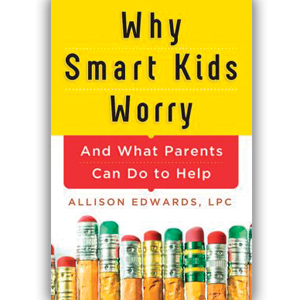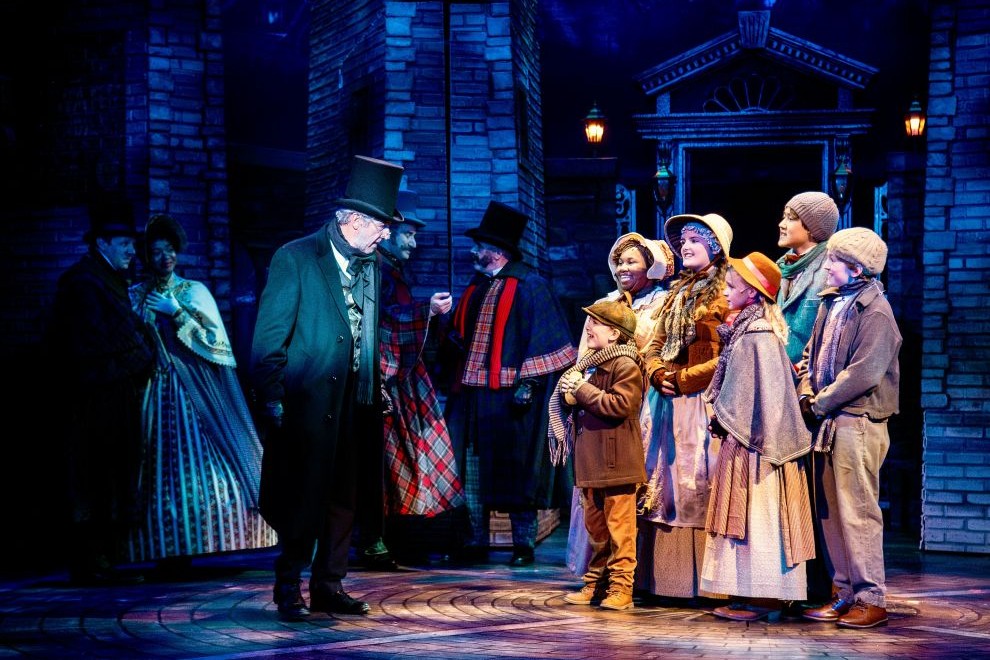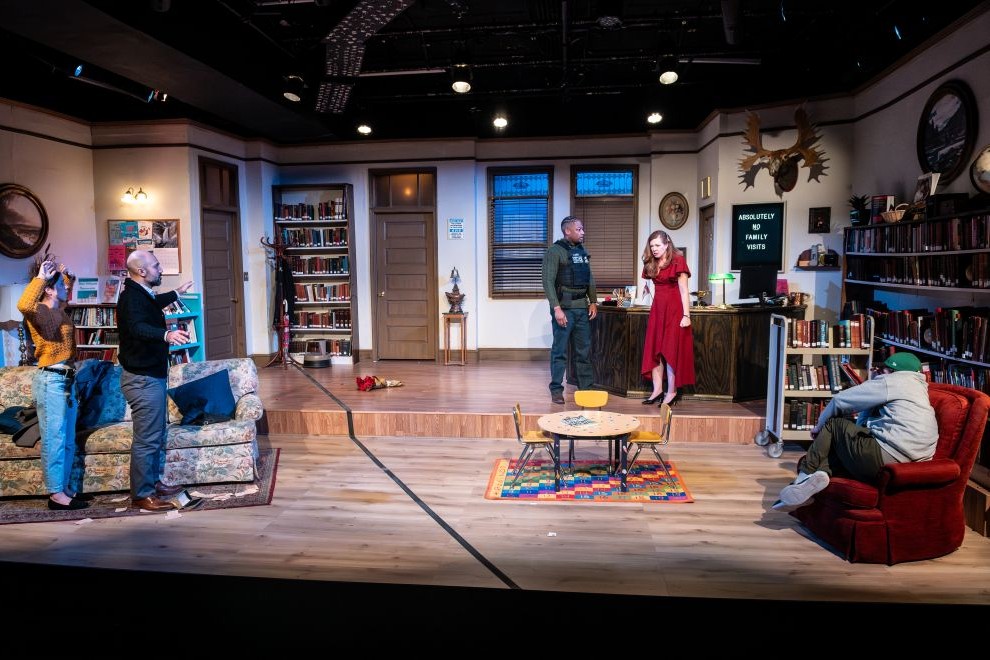 “If you think of a child’s world in terms of a snow globe, you can see how a child views the world around him,” explains Allison Edwards in her book, Why Smart Kids Worry. She provides several effective examples – from 9/11 to storm warnings – to illustrate that “what they see in their world becomes part of their reality, whether it is directly related to them or not.”
“If you think of a child’s world in terms of a snow globe, you can see how a child views the world around him,” explains Allison Edwards in her book, Why Smart Kids Worry. She provides several effective examples – from 9/11 to storm warnings – to illustrate that “what they see in their world becomes part of their reality, whether it is directly related to them or not.”
Edwards disputes what I often hear parents insist – that their kids are smart enough to understand world events. “They believe that exposing kids to adult-level information helps them understand the world more,” but Edwards argues, “That perception is false.” She explains, “Smart kids can understand a litany of things they emotionally can’t process.” Therefore, it’s important that you limit your child’ exposure to adult-level material.
Just as Lenore Skenazy does in her book Free-Range Kids (which I blogged about in May) Edwards recommends parents keep their home as kid-friendly as possible. She defines “kid-friendly” by your child’s physical age. Granted, Edwards realizes you can’t protect your child from everything, but you can limit the information they take it, by not watching CNN in front of them or setting boundaries when it comes to participating in adult conversations.
I love the example Edwards gives of a child who is interested in researching tsunamis on the computer because I know a lot of parents who would be eager to encourage such an academic task. However, Edwards explains that by Googling tsunamis your child will encounter thousands of images of people who died in Indonesia in 2004. These images are hard to forget (as I explained in my article on media consumption in the May RFM issue) and will only compound your child’s fears. Instead, she recommends checking out a few children’s books from the library because they will “focus more on the science than they so the tragedy of an event.”
Why are smart kids drawn to adult-level topics? The obvious answer – they’re interesting, and of course, as Edwards points out, adults are better listeners. But the reason that struck me most was that smart kids use their participation in adult-level conversations to avoid figuring out how to resolve a conflict with a peer or find a friend in a situation where they might be having a hard time connecting with kids their own age.
When should kids go to an adult-level? Edwards recommends it only with academics or activities, such as chess with older kids or physics experiments with an adult. She believes, “Allowing smart kids to completely indulge in an activity allows them to go to the next level in a healthy way.”
Now, Edwards acknowledges that a lot of people, especially those whose own parents weren’t open with them, feel compelled to overcompensate with their children, answering every question their child asks, believing it’s their child’s right to know. “The truth is,” Edwards argues, “your kids don’t need to know the details of your life. It stresses them out.” She explains that kids ask questions whenever they pop into their mind, failing to recognize that they really don’t want to know the answer, whether it’s a pending divorce or financial problems.
Edwards writes, “If you find yourself in the position of either 1) feeling pressured to answer your child’s questions or 2) feeling pressured to tell your child to tell your child more than he’s emotionally prepared for, follow the three steps: acknowledge the feeling, ask open-ended questions, and avoid giving concrete answers.” She explains doing so will enable you to negotiate what your child wants and what your child needs.
And I love that Edwards reminds readers there’s no reason to be afraid of saying you don’t know, as I find this is my most frequent response to my inquisitive seven-year-old. “In reality, you won’t know how to answer many questions your child asks,” argues Edwards. “Responding with ‘I don’t know’ not only lets you off the hook, but also allows kids to come up with answers on their own.” Ultimately, to learn this kind of self-soothing is what an anxious child needs.
Why Smart Kids Worry ends with 15 parenting tools that can be implemented immediately so if your child is often lost in the fog of anxiety then check this book out. Edwards does a great job of guiding parents through the anxious child’s daily life.
Follow @WinterhalterV on Twitter for updates on blog posts or like Parenting by the Book on Facebook.
Read my other blog Befriending Forty.




